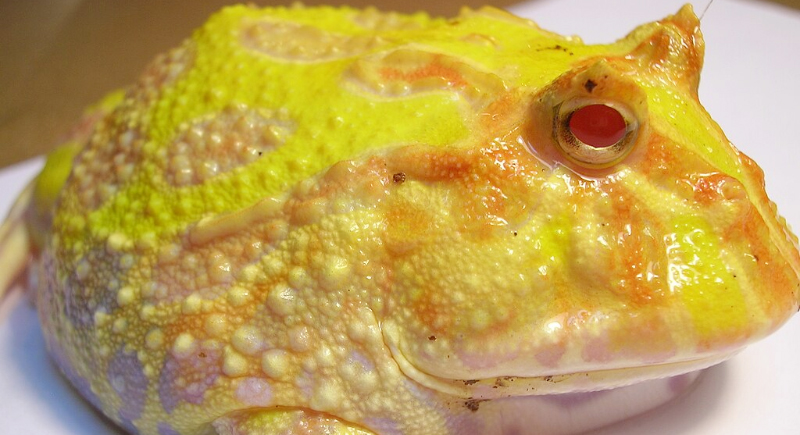The First Orange Shark on Earth Has Been Discovered Off Costa Rica’s Coast
Even in an era when most discoveries are made through satellite data or deep-sea cameras, finding something entirely new in the day-to-day still feels electric. Such a moment arrived off Costa Rica’s Caribbean coast when researchers confirmed a shark unlike any ever recorded. Its skin was a striking orange, and its eyes were completely white, a combination no one had seen before.
The discovery quickly drew global attention for turning long-held ideas in marine biology upside down. Sharks are known for blending into their surroundings, not for glowing like a signal in open water. Yet this one stood out, defying every natural rule. Scientists soon began investigating what gave the shark its intense orange color and how it managed to survive long enough to be seen. Their search opened one of the most unusual biological mysteries of the decade.
Caught by Surprise
Near Tortuguero National Park in 2024, a group of sports fishers pulled an unexpected catch from the depths. The animal wasn’t a red snapper or an amberjack, as they first guessed, but a nurse shark about six and a half feet long. As it broke the surface, its color stunned everyone on board.
The fishers photographed the shark and quickly released it back into the Caribbean. Researchers later confirmed that it was the first documented nurse shark with xanthism, a genetic condition that intensifies yellow pigmentation, giving the skin a golden or orange tone.
To make it even more remarkable, the shark also appeared to have albinism, which removes darker pigments entirely. Together, these two conditions created its brilliant coloring and white eyes.
A Rare Genetic Twist
Scientists described the find in the journal Marine Biodiversity, calling it the first confirmed case of xanthism in a nurse shark and the first in the Caribbean Sea. They compared photographs and determined that the orange hue covered the entire body, suggesting a total expression of the condition rather than a partial one.
Nurse sharks are usually gray-brown, a shade that helps them blend with the seafloor where they rest during the day. The bright orange coloring would normally make survival difficult since predators could spot them easily. Yet this shark had grown to full size, meaning it adapted successfully despite the odds. Some researchers suggested the murky coastal waters may have helped hide it from danger.
Science Behind the Color

Image via Wikimedia Commons/Grosscha
Xanthism is rare but has appeared in other species, including frogs, birds, and rays. It usually comes down to genetics, though environmental stress, temperature changes, or hormonal shifts can sometimes influence pigmentation. When combined with albinism, the result can be unpredictable, as in this shark’s case.
The double condition, known as albino-xanthochromism, had only been recorded once before in a ray in the Irish Sea. That makes the Costa Rican discovery an extraordinary coincidence of biology. Researchers are now considering whether changing ocean conditions might play a role in the increasing visibility of such anomalies.
An Ocean Still Full of Surprises
For all the technology devoted to studying the sea, this discovery was made by chance. A fishing crew in a small coastal town managed to document something that had never been seen before. It was a reminder that the ocean still holds secrets that science hasn’t reached yet.
The orange nurse shark swam away after its release, leaving behind a mystery that continues to fascinate biologists around the world. Somewhere in those Caribbean waters, it still moves through the depths—an unexpected flash of color in a world built for camouflage.